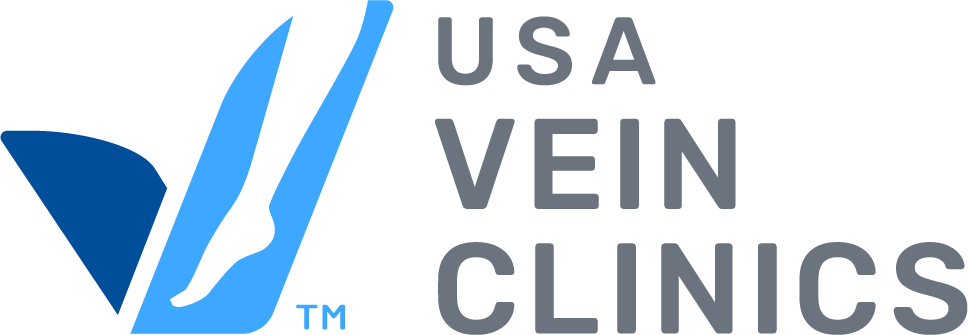
Can You Have Hidden Varicose Veins?
Hidden varicose veins, also known as non-visible varicose veins, are veins located deeper within the legs that are not visible on the skin’s surface but can still cause significant symptoms and health concerns. These veins result from the same issues as visible varicose veins—faulty valves and weakened vein walls that lead to blood pooling—yet remain concealed beneath muscle or connective tissue. Common symptoms include persistent leg pain, swelling in the ankles or calves, nighttime cramps, restless legs syndrome, and skin changes like itching or discoloration. Since these veins are hidden, diagnosis typically requires advanced imaging techniques such as Doppler ultrasound or venography to detect the underlying issues and guide effective treatment.
What Are Hidden Varicose Veins?
Hidden varicose veins are similar to visible varicose veins in that they result from weakened vein walls and malfunctioning valves, which cause blood to pool instead of flowing efficiently back to the heart. The key difference is their location: hidden varicose veins are deeper in the legs, beneath the muscles or connective tissue, making them invisible on the skin’s surface. Despite being out of sight, these veins can still exert pressure on surrounding tissue and contribute to poor circulation, leading to a range of symptoms.
Symptoms of Hidden Varicose Veins
Since hidden varicose veins aren’t visible, recognizing the symptoms becomes crucial. Some of the most common indicators include:
- Aching Legs: A persistent feeling of heaviness or discomfort, especially after prolonged standing or sitting.
- Swelling: Swelling around the ankles or calves that worsens throughout the day.
- Cramps and Restlessness: Nighttime leg cramps or an uncontrollable urge to move your legs can be a sign of deeper vein issues.
- Skin Changes: Itchy skin, discoloration, or thickened patches can develop due to poor blood flow.
- Fatigue: Chronic tiredness in the legs may also point to hidden vein problems.
These symptoms can sometimes overlap with other conditions, so proper evaluation is necessary to confirm the cause.
What Causes Hidden Varicose Veins?
The same factors that cause visible varicose veins contribute to hidden ones, including genetics, obesity, prolonged standing or sitting, pregnancy, and age. When vein valves weaken, blood begins to pool, creating pressure that damages the vein over time. The deeper veins in your legs are also prone to this process, even if they don’t result in the visible bulging veins typically associated with varicose veins.
Diagnosing Hidden Varicose Veins
Because hidden varicose veins don’t present as visible bulges, advanced medical imaging is often required for an accurate diagnosis. Common diagnostic tools include:
- Doppler Ultrasound: A painless, non-invasive test that uses sound waves to assess blood flow and detect pooling or reflux in the veins.
- Venography: An imaging procedure where a special dye is injected into the veins, allowing X-rays to highlight areas of concern.
If you suspect hidden varicose veins, consulting a vascular specialist can help pinpoint the problem and determine the best course of action.
Why Treat Hidden Varicose Veins?
Untreated hidden varicose veins can lead to complications, including chronic venous insufficiency, blood clots, and skin ulcers. Beyond the health risks, these veins can significantly impact quality of life due to persistent discomfort, swelling, and fatigue. Early intervention can prevent these issues and restore healthy circulation.
Non-Surgical Treatments for Varicose and Spider Veins
Thankfully, treating visible varicose and spider veins is now even easier than ever. Vein treatments like Endovenous Laser Treatment (EVLT), Varithena, Radiofrequency Ablation (RFA), and Ultrasound-Guided Sclerotherapy (USGS) are all effective at resolving the underlying issue of vein disease. They target and close the damaged veins, rerouting blood flow to healthier veins. Once the root of the issue is treated, your visible varicose and spider veins should reduce over the next few weeks.
If you’re interested in learning more about vein treatment, give us a call at 888.768.3467 or click the button below to schedule your appointment online. You don’t have to live with visible varicose veins, learn how convenient outpatient vein treatment can truly be.
Related Articles
What’s the Difference Between Superficial vs. Deep Veins?
